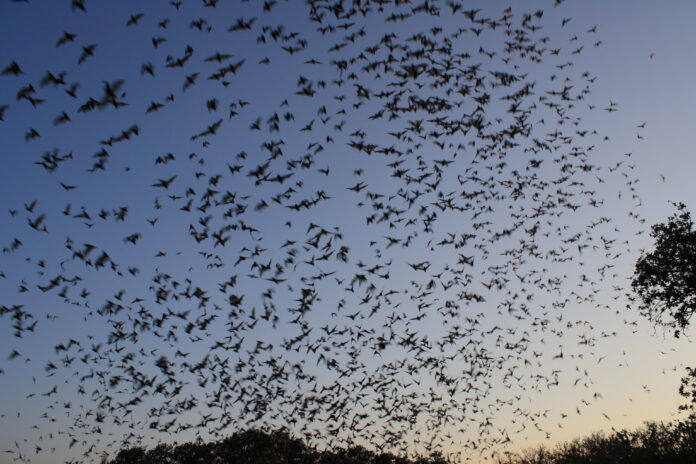Bats are one of the most important species for our global ecology. After the sun goes down they, along with a few other species, become the primary pollinators of nighttime plant life. This greatly contributes to our after hours agricultural system and the environment as a whole. They are also a large contributor to insect and pest reduction. People in insect rich areas like Florida have even tried building Gothic bell towers to attract the desirable flying mammals.
Which is why it is with great alarm that scientists have realized that outdoor lighting poses a threat to nocturnal wildlife and bats in particular. Since bats only come out at night and rely on echolocation rather than their eyes to see, any light pollution can hurt them. Many other nocturnal species may benefit from a light pollution reduction in your neighborhood as well.
Bat friendly lighting generally takes the form of amber light. This is due to the wavelengths that are created by different types of light bulbs and led lights. Wildlife friendly amber light is by far the best choice for outdoor light pollution solutions. These LED lamps are built with new light emitting diode technology that uses an amber hue rather than a traditional white hue that imitates fluorescent lights.
LED technology has numerous benefits. Traditional lights actually use a majority of their energy to generate heat with light being a byproduct. LEDs are specifically designed to generate light without generating a lot of heat. Since bats use echolocation alongside a spectrum of light humans cannot see they are more susceptible to light pollution from LEDs. This effect essentially diminishes their eyesight or even blinds them in areas around outdoor LED technology.
However the Dutch Mammal Society has determined that amber colored LED’s can offer some sanctuary for bats and other nocturnal species that are being affected by this issue. Scientists and conservationists are recommending a two pronged attack against light pollution affecting bats and other nighttime species. Replace traditional white LEDs with amber hued LEDs and create special light pollution free zones that will allow bats to travel to and from areas to engage in feeding and pollination. This approach has shown results in a number of American cities and is not hard to replicate. By taking an ecologically friendly approach to lighting we can improve the lives of local wildlife while helping our own ecology at the same time.



